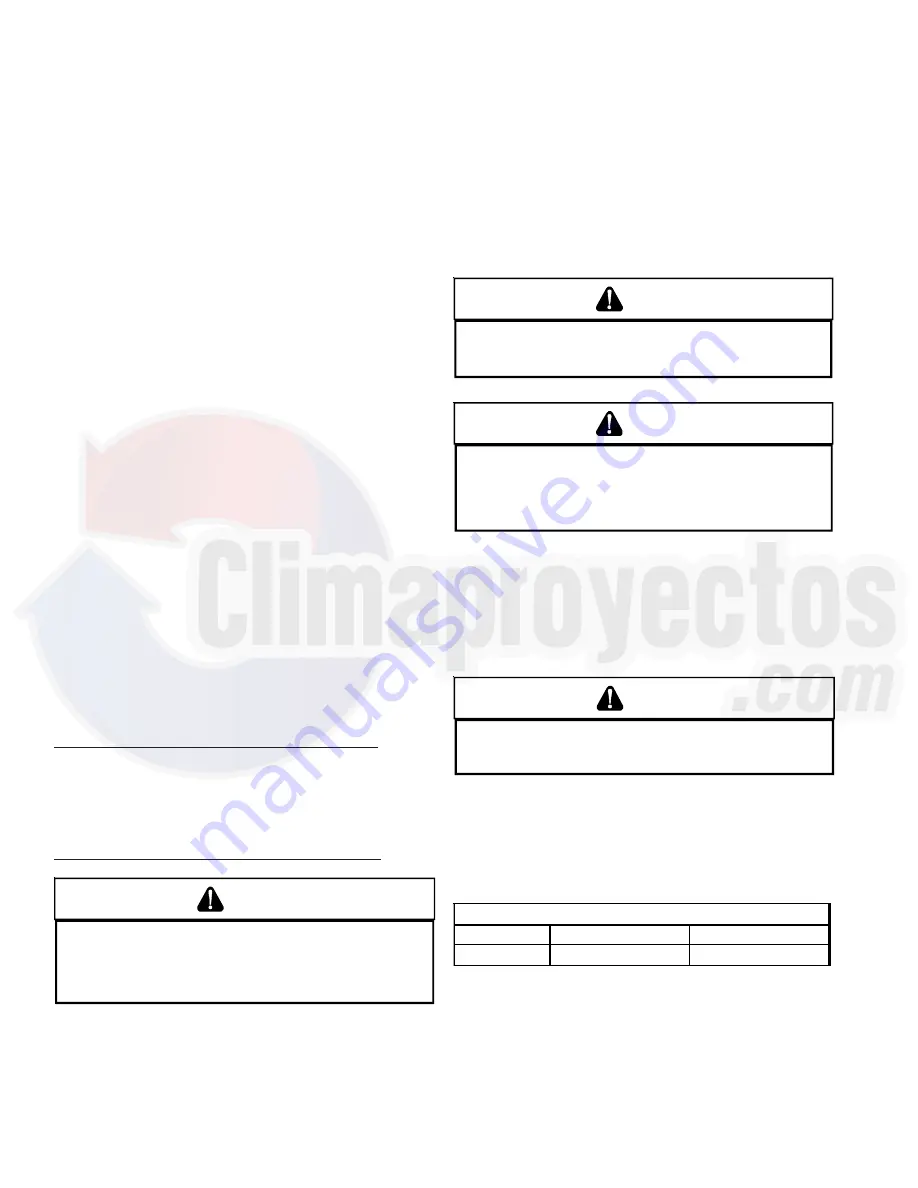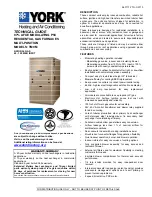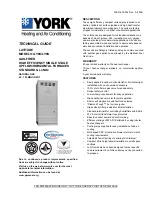
PRODUCT DESIGN
28
To install the liner, read and follow the liner manufacturer’s
instructions and your local codes. Excess liner length should
be pulled out of the chimney and cut off. Use caution when
doing this, as the cut edges of flexible liners may be sharp.
Do not spiral excess liner inside of the chimney. Support
the liner as recommended by the liner manufacturer.
Some manufacturers of flexible liners offer an insulation sleeve
designed to be added to the liner before it is installed in the
chimney. (Poured insulation, either vermiculite or other ma-
terials, is no longer recommended.) Insulation will need to
be added to the flexible liner if:
•
It is required by the liner manufacturer’s instructions.
•
The previous liner was properly sized and installed,
and suffered from condensation damage.
•
It is required by your local building codes.
Even if none of those three conditions exist which require
additional liner insulation, the installer may wish to consider
it if:
•
The local climate is very cold.
•
The chimney is very tall.
•
The vent connectors used are very long or have a
large number of elbows.
•
Local experience indicates that flexible liners installed
without insulation are likely to have condensation prob-
lems.
Insulation must be selected and installed in accordance
with the liner manufacturer’s instructions.
Finally, cap the chimney and terminate the liner in accor-
dance with the liner manufacturer’s instructions.
Horizontal Applications and Considerations
Horizontal applications, in particular, may dictate many of
the installation’s specifics such as airflow direction, duct-
work connections, and flue pipe connections.
Alternate Electrical and Gas Line Connections
Furnaces have provisions allowing for electrical and gas
line connections through either side panel. In horizontal
applications the connections can be made either through
the “top” or “bottom” of the furnace.
Propane Gas and/or High Altitude Installations
WARNING
P
OSSIBLE PROPERTY DAMAGE, PERSONAL INJURY OR DEATH MAY OCCUR IF
THE CORRECT CONVERSION KITS ARE NOT INSTALLED.
T
HE APPROPRIATE KITS
MUST BE APPLIED TO INSURE SAFE AND PROPER FURNACE OPERATION.
A
LL
CONVERSIONS MUST BE PERFORMED BY A QUALIFIED INSTALLER OR SERVICE
AGENCY.
This furnace is shipped from the factory configured for
natural gas at standard altitude. Propane gas installations
require an orifice change to compensate for the energy
content difference between natural and propane gas.
High altitude installations may require both a pressure switch
and an orifice change. These changes are necessary to com-
pensate for the natural reduction in the density of both the
gas fuel and the combustion air at higher altitude.
Refer to the
Accessories Charts
in this manual or product
Specification Sheet for a tabular listing of appropriate
manufacturer’s kits for propane gas and/or high altitude
installations. The indicated kits must be used to insure safe
and proper furnace operation. All conversions must be per-
formed by a qualified installer, or service agency.
WARNING
F
AILURE TO FOLLOW THESE INSTRUCTIONS CAN RESULT IN BODILY INJURY OR
DEATH.
C
AREFULLY READ AND FOLLOW ALL INSTRUCTIONS GIVEN IN THIS
SECTION.
WARNING
U
PON COMPLETION OF THE FURNACE INSTALLATION, CAREFULLY INSPECT THE
ENTIRE FLUE SYSTEM BOTH INSIDE AND OUTSIDE THE FURNACE TO ASSURE IT
IS PROPERLY SEALED.
L
EAKS IN THE FLUE SYSTEM CAN RESULT IN SERIOUS
PERSONAL INJURY OR DEATH DUE TO EXPOSURE TO FLUE PRODUCTS,
INCLUDING CARBON MONOXIDE.
GAS SUPPLY AND PIPING
The furnace rating plate includes the approved furnace gas
input rating and gas types. The furnace must be equipped
to operate on the type of gas applied. This includes any
conversion kits required for alternate fuels and/or high alti-
tude.
CAUTION
T
O PREVENT UNRELIABLE OPERATION OR EQUIPMENT DAMAGE, THE INLET
GAS SUPPLY PRESSURE MUST BE AS SPECIFIED ON THE UNIT RATING PLATE
WITH ALL OTHER HOUSEHOLD GAS FIRED APPLIANCES OPERATING.
Inlet gas supply pressures must be maintained within the
ranges specified below. The supply pressure must be con-
stant and available with all other household gas fired appli-
ances operating. The minimum gas supply pressure must
be maintained to prevent unreliable ignition. The maximum
must not be exceeded to prevent unit overfiring.
Natural Gas
Minimum: 4.5" w.c.
Maximum: 10.0" w.c.
Propane Gas
Minimum: 11.0" w.c.
Maximum: 13.0" w.c.
INLET GAS SUPPLY PRESSURE
HIGH ALTITUDE DERATE
When this furnace is installed at high altitude, the appropri-
ate High Altitude orifice kit must be applied. This is required
due to the natural reduction in the density of both the gas
fuel and combustion air as altitude increases. The kit will
provide the proper design certified input rate within the speci-
fied altitude range.
















































